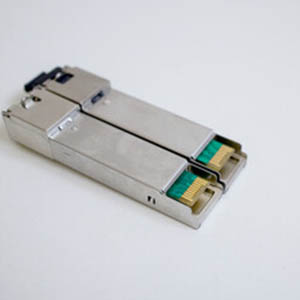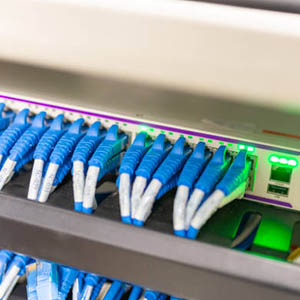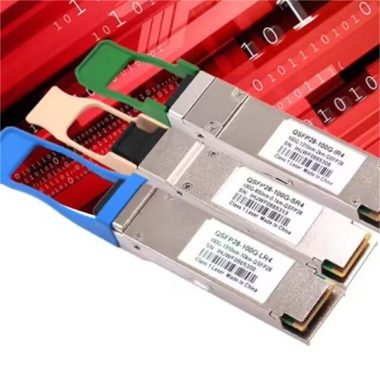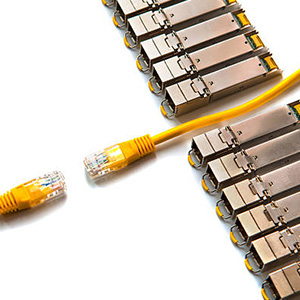With the surge in data volume and the rapid development of cloud computing and 5G technology, fiber optic communication, as the backbone of transmission media, the selection of its core component – optical modules is particularly critical.
What is an Optical Modules?
Optical modules are pivotal components in optical fiber communication systems, operating at the physical layer—the foundational level of the OSI model. Their primary role is to facilitate optoelectronic conversion, transforming electrical signals into optical signals, and vice versa.
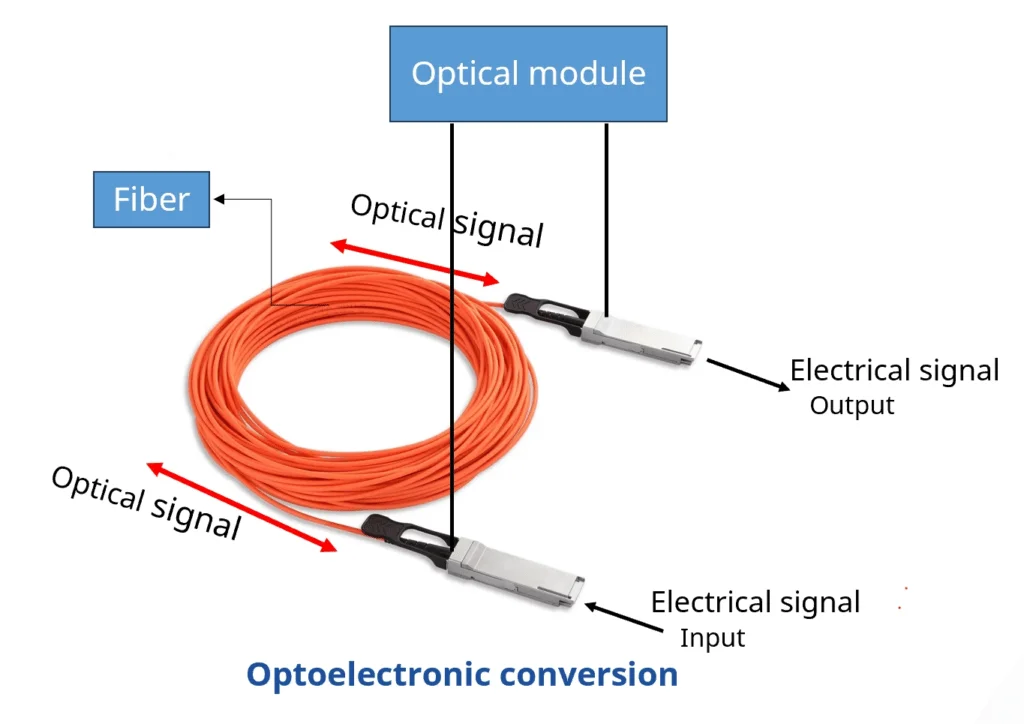
Components of an Optical Modules
An optical modules typically integrates an optical transmitting device (TOSA, with a laser), an optical receiving device (ROSA, with a photodetector), functional circuits, a main control circuit board (PCBA), a housing, and optical (electrical) interfaces, among other components.
How Optical Modules Operate
Transmitter Optical Sub Assembly (TOSA)
The TOSA manages light emission, converting electrical signals to optical signals. It comprises a light source, optical interface, monitoring photodiode, metal or plastic housing, and electrical interface. Laser diodes (LD) are prevalent due to their lower power consumption, higher output power, and improved coupling efficiency over LEDs, which are suitable for low-rate, short-distance transmissions due to cost and lifespan benefits.
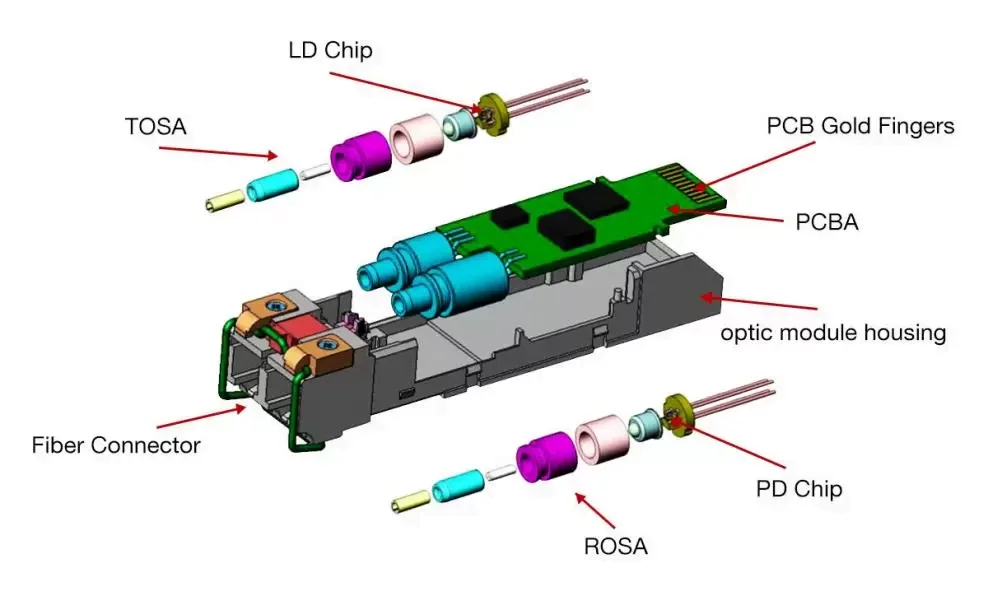
Receiving Optical Sub-Assembly (ROSA)
The ROSA is crucial for converting transmitted optical signals into electrical signals. It includes a photodetector, Trans-impedance Amplifier (TIA), and Post Amplifier. PIN and Avalanche Photodiodes (APD) are common photodetectors, with APDs offering higher sensitivity through the avalanche multiplication effect, enhancing receiver sensitivity by 6 to 10 dB.
PCBA and Fiber Optic Connectors
PCBA, or printed circuit board assembly, integrates active and passive electronic components onto a circuit board, ensuring the electronic device’s quality and functionality. Fiber optic connectors represent the interface linking the optical modules to a fiber optic patch cable, available in single-mode or multi-mode configurations.
Digital Diagnostic Monitoring (DDM)
DDM enables real-time monitoring of optical modules parameters, including operating voltage, temperature, received and transmitted optical power, and laser bias current. This technology, developed by the SFF Committee, adheres to the SFF-8472 Multi-Source Protocol, promoting interoperability among network equipment and optical module vendors.
Key Performance Metrics for Optical Modules
Performance indices of optical modules can be likened to the attributes of a courier service. At the transmitter end, average output power—affected by the data signal’s “1” proportion—signifies the light intensity, analogous to a courier’s “physical strength” for delivering information. The extinction ratio, reflecting laser efficiency, is akin to a courier’s “concentration” for accurate delivery. The center wavelength, crucial for optimal transmission, can be compared to a courier’s “route planning” for efficient delivery.
Receiver End Performance
Receiving sensitivity denotes the minimum detectable input optical power, similar to a courier’s attentiveness in identifying weak signals. Receive power and overload optical power define the operational limits, akin to a courier’s “responsibility level” and “maximum capacity.”
Optical Modules Classification
Optical modules are classified by package type, rate, laser type, center wavelength, mode, connector type, modulation format, transmission distance, interface operation mode, and pluggability. These classifications determine compatibility, performance, and application suitability.
Choosing the Right Optical Module
Selecting an optical module requires consideration of transmission speed, environment, connector type, fiber type, transmission distance, wavelengths, transceiver type, MSA and IEEE compliance, and vendor support.
Applications of Optical Modules
Optical modules are extensively used in broadband access, enterprise networks, data centers, mobile communication base stations, metropolitan area networks, SAN and NAS networks, and 5G bearer networks. Emerging data transmission standards like 800G and 1.6T are driving the demand for higher-speed optical modules, particularly with the advent of technologies like generative AI.
About Fiber-life
Fiber-life specializes in producing and selling enterprise SONiC-based open network switches and optical modules, alongside other optical components. Committed to delivering innovative, reliable, and cost-effective solutions, Fiber-life aims to be a leading supplier for the high-speed interconnect needs of global networks.

